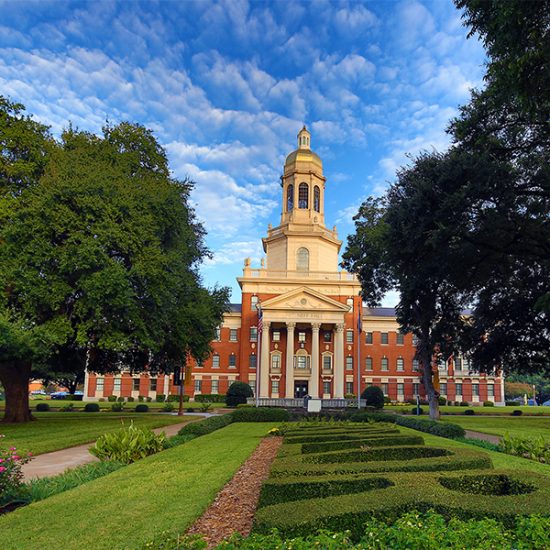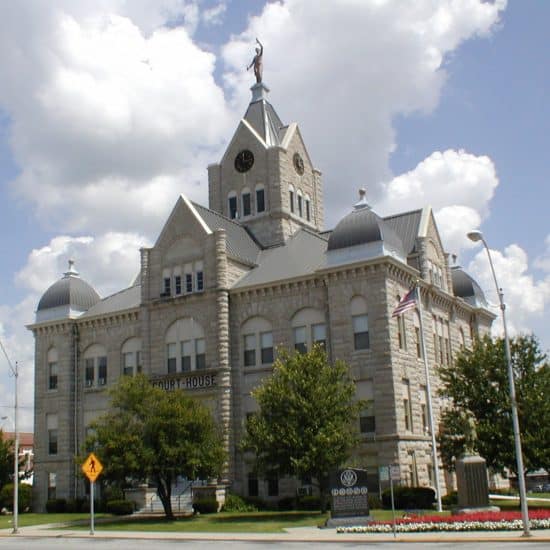WACO—A draft of Baylor University’s new strategic plan underscores the school’s desire to be known as “a national research university that resolutely embraces its Christian identity.” However, the draft focuses on broad aspirations for the school’s future—not specific mandates.
“The plan we have drafted casts vision, but it’s not prescriptive. Our plan is dynamic. It will be a living organism that is now taking shape and will continue to take shape for years to come,” Baylor Provost Elizabeth Davis said in a video posted on the university’s website.
The new strategic plan builds on some of the emphases of Baylor 2012—the 10-year plan that aspired to make the school “a top-tier university” while strengthening its Christian commitment.
Implementation of Baylor 2012 prompted controversy. Supporters applauded its emphasis on the integration of faith and learning. Critics asserted it elevated research at the expense of classroom teaching and stressed conformity to evangelical Christian beliefs without giving due consideration to historic Baptist principles and freedom of conscience.
The introduction to the draft of the new strategic plan stresses the conviction that “not only can a Baptist heritage inform a Protestant, free-church approach to life, it can also inform the life of the mind.”
The plan for the next 10 years will be characterized by “renewed energy and creativity,” the draft states, and it is intended to be “a dynamic roadmap for (Baylor’s) future, providing direction without dictating specific action.”
“Building on our standing as a national research university, we set as our goal the continued integration of faith and reason, cultivating wisdom that transforms the lives of our students, guides our work in the community, and enhances the contributions we make to address the significant challenges facing our world,” it says.
Prior to drafting the new strategic plan, Baylor broadly solicited ideas and recommendations. Faculty, staff and students submitted 165 input forms, and 299 people submitted input through a form on the Internet. The university also held 19 listening sessions in 16 cities. A 23-member team of faculty, staff and students then coded, analyzed and synthesized the input, summarizing it according to 12 strategic themes.
The strategic plan draft, approved by the Baylor board of regents at its November meeting, has been posted on the university’s website and published in its magazine with a request for feedback from the school’s various constituencies. Baylor President Ken Starr and his executive council then will develop the final strategic plan regents will consider at their May 2012 meeting.
“As a community, we have many things to consider as the sun sets on Baylor 2012, and we look to the dawn of an emerging plan that will illuminate our path over the course of the next decade. But we won't be spending time, as so many other institutions do, arguing over our institutional identity,” Starr said.
“At Baylor, we know who we are, and the things that matter to us are clearly stated in our mission statement as well as the foundational assumptions, core convictions and unifying academic themes which inspired Baylor 2012. These bold and clear statements declare both what we have been and what we will be as an institution in the future.”
The draft includes six broad “aspirational statements” that Baylor will be a place where:
• “Academic excellence and transformational educational experiences ignite leadership potential, increasing our students’ desire for wisdom, understanding of calling, and preparation for service in an interconnected global society.”
• “Research discoveries illuminate solutions to significant challenges confronting our world and where creative endeavors reflect the breadth of God’s creation.”
• “Christian faith inspires a desire to address systemic problems facing our community, both local and global.”
• “The dedication of alumni and friends fuels an enthusiasm that advances Baylor through continuing engagement and philanthropy.”
• “The value generated by and derived from a Baylor experience is supported through a diversity of revenues and judicious stewardship of our resources.”
• “Commitment to excellence in all things cultivates a university community dedicated to improvement of self and service to others, to stewardship of our physical spaces, and to demonstrating outstanding quality and character in every area of university life.”






